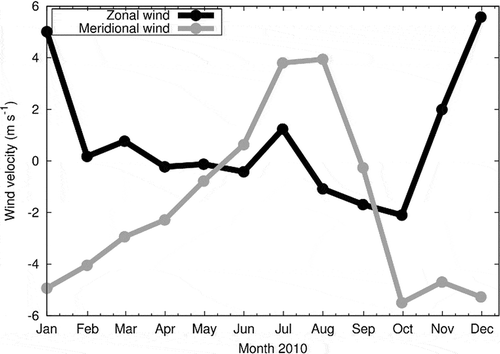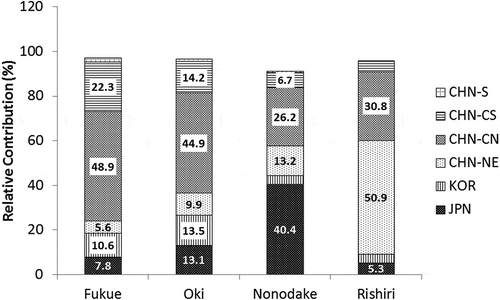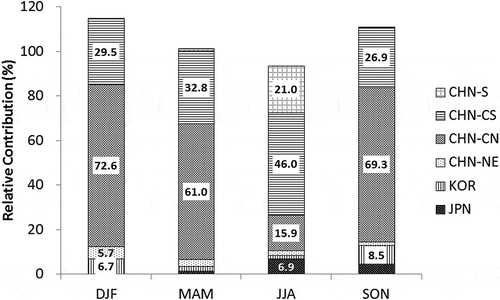Figures & data
Figure 1. Model domain (thick line) and definition of source regions for emission sensitivity simulations. Black circles indicate remote monitoring stations: 1, Oki; 2, Nonodake; and 3, Rishiri.
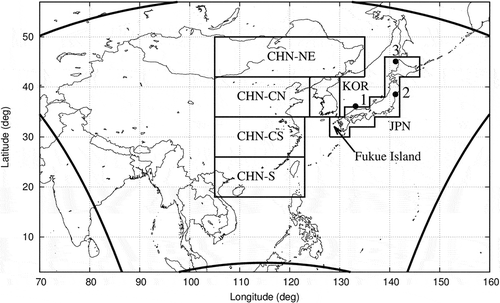
Table 1. Annual anthropogenic emissions in source regions (Gg yr−1)
Figure 2. Temporal variations of the daily and monthly mean PM2.5 concentrations at Fukue Island. Observations are indicated by gray lines, and model results are shown by black lines. Cross marks on the top of figure indicate days when dust is detected at the Nagasaki meteorological station.
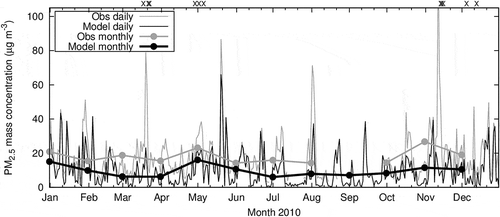
Figure 3. Chemical composition of PM2.5 of filter sampling data and model simulation in May 2009 at Fukue Island. “Others” indicates primary PM2.5 called “A25J” in CMAQ.
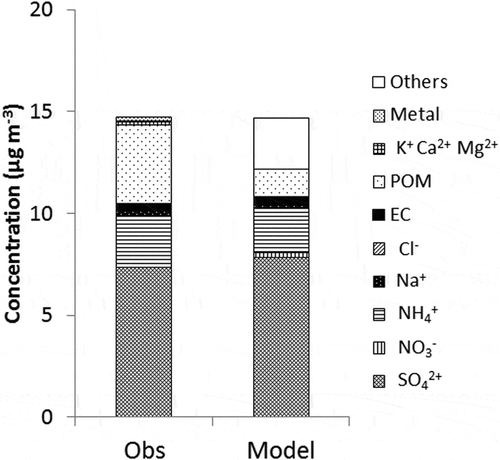
Figure 4. Model results of sensitivities of source regions to monthly mean PM2.5 concentration at Fukue Island.
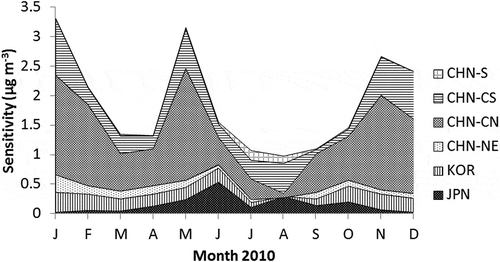
Figure 6. Model results of relative contribution from source regions to annual and seasonal mean PM2.5 concentration at Fukue Island. Contributions larger than 5% are shown on the bar charts.
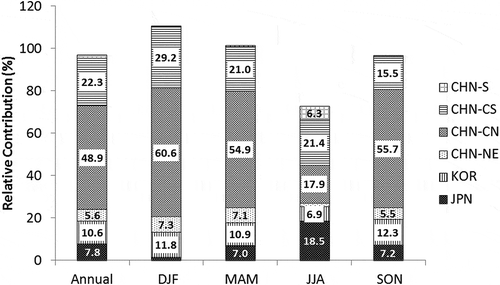
Table 2. Comparison between the observed and simulated annual mean PM2.5 concentrations at observation sites in 2010

